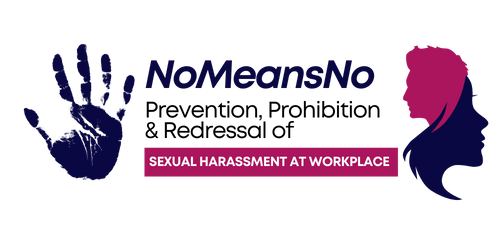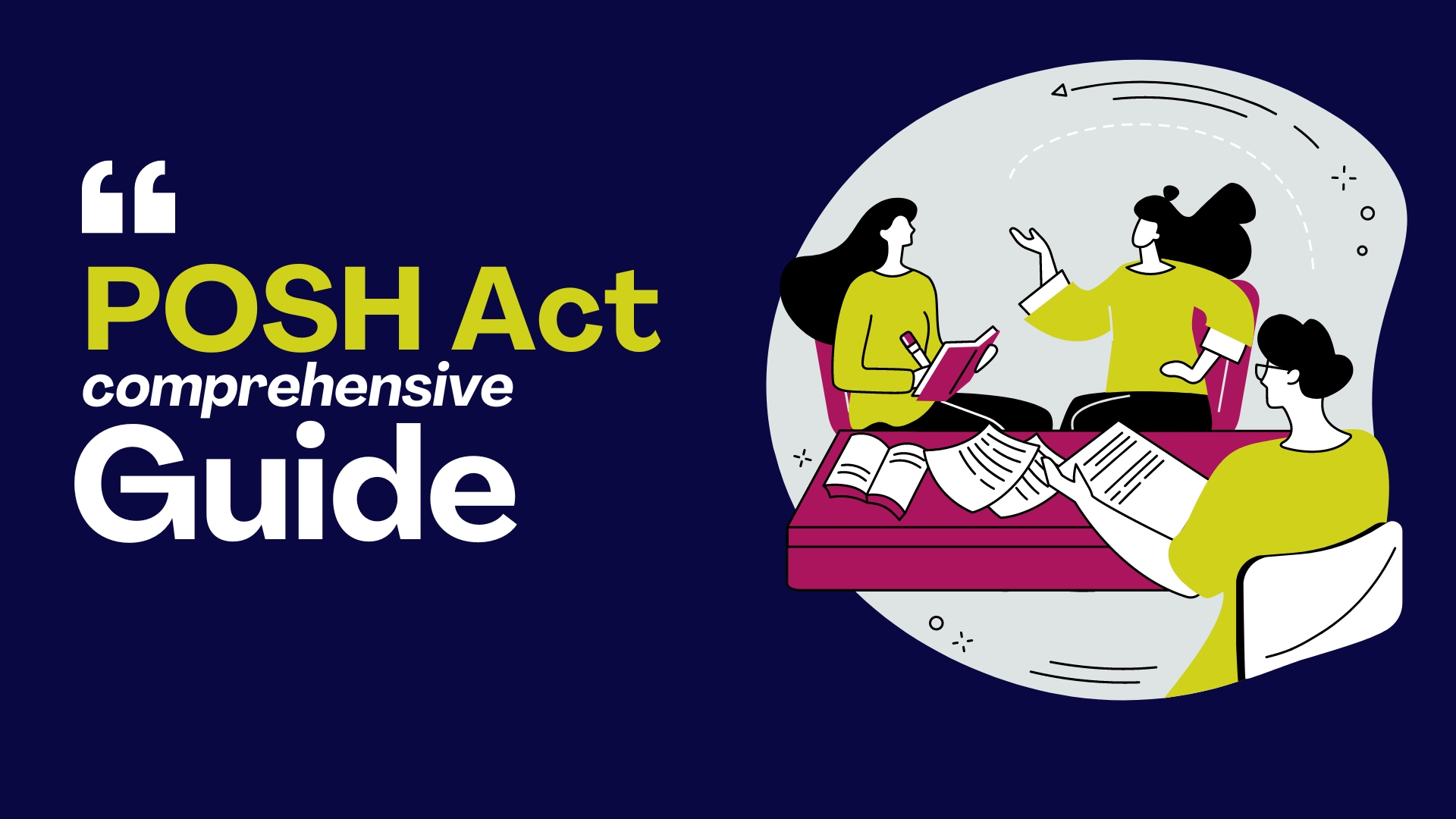Implementing POSH (Prevention of Sexual Harassment) policies in your company is crucial to creating a safe and respectful work environment. Here’s a comprehensive guide to help you navigate the process:
Develop a Clear and Comprehensive Policy:
- Define Sexual Harassment: Clearly define sexual harassment, including its various forms (verbal, physical, visual, online) and provide specific examples.
- Prohibited Behaviours: Outline the behaviours that are strictly prohibited, including unwelcome advances, offensive comments, inappropriate gestures, and any other form of sexual harassment.
- Reporting Process: Explain the procedure for reporting incidents of sexual harassment, including multiple reporting channels, confidentiality, and protection against retaliation.
- Investigation and Resolution: Describe how complaints will be promptly and impartially investigated, ensuring fairness to all parties involved. Specify potential disciplinary actions for violators.
- Communication and Training: Emphasize the importance of training employees on sexual harassment prevention and the company’s policy. Communicate the policy to all employees and make it easily accessible.
Appoint a POSH Committee:
- Establish a POSH Committee: Set up a dedicated committee responsible for overseeing the implementation and enforcement of the company’s POSH policy.
- Committee Composition: Ensure the committee includes members from diverse backgrounds, including representatives from HR, legal, management, and employee representatives.
Conduct POSH Training:
- Training Programs: Develop and conduct regular training sessions on sexual harassment prevention and the company’s POSH policy. Train all employees, including managers and supervisors, to raise awareness, foster understanding, and promote a culture of respect.
- External Expertise: Consider engaging external experts or trainers who specialize in sexual harassment prevention and can provide interactive and engaging training sessions.
Establish Reporting Mechanisms:
- Confidential Reporting: Create multiple channels for reporting sexual harassment incidents, such as a dedicated email address, hotline, or online reporting system. Ensure confidentiality and provide anonymous reporting options to encourage reporting without fear of reprisal.
- Investigation Process: Establish a clear process for investigating reported incidents, including assigning trained investigators, conducting interviews, gathering evidence, and maintaining confidentiality.
- Timely Resolution: Commit to resolving complaints in a timely manner, ensuring transparency and fairness throughout the process.
Promote Awareness and Communication:
- Awareness Campaigns: Conduct awareness campaigns on sexual harassment prevention, emphasizing the company’s commitment to maintaining a safe and respectful workplace.
- Communication Channels: Use various communication channels (email, intranet, bulletin boards) to regularly remind employees about the POSH policy, reporting mechanisms, and available support services. c. Employee Engagement: Encourage open dialogue, discussion, and feedback on sexual harassment prevention through meetings, workshops, or employee resource groups.
Periodic Policy Review and Updates:
- Regular Review: Review and update the POSH policy periodically to align with legal requirements, changing societal norms, and best practices in preventing sexual harassment.
- Feedback and Input: Seek feedback from employees and the POSH Committee to ensure the policy remains relevant, effective, and responsive to the evolving needs of the workforce
Support Services and Assistance:
- Supportive Environment: Foster a supportive and inclusive work environment where victims of sexual harassment feel safe, respected, and supported.
- Employee Assistance Programs: Provide access to counseling services, legal assistance, and other support resources for employees who experience or witness sexual harassment.
Compliance and Documentation:
- Legal Compliance: Ensure compliance with local laws and regulations regarding sexual harassment prevention and reporting.
- Documentation: Maintain proper documentation of training sessions, complaint records, investigations, and actions taken.




